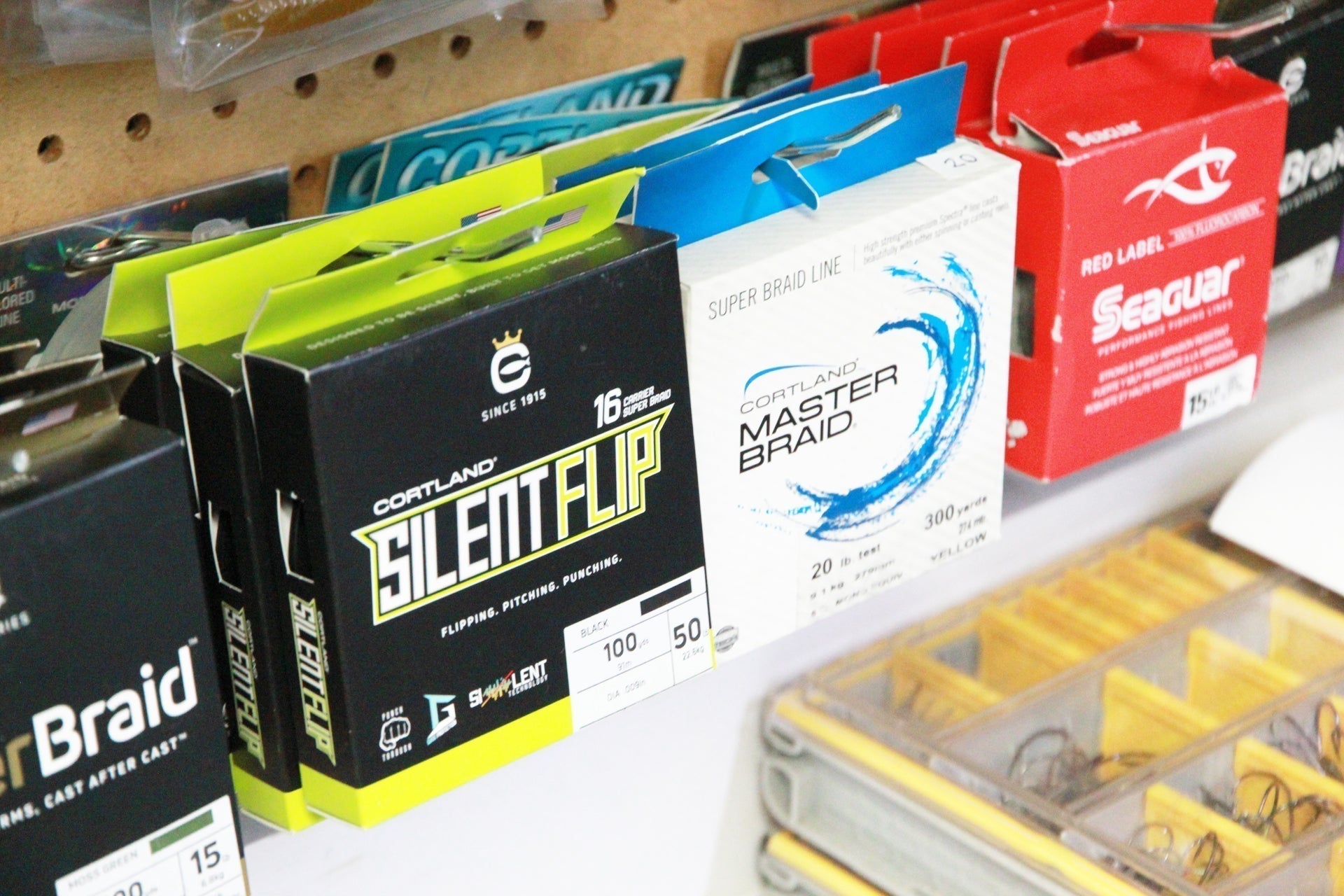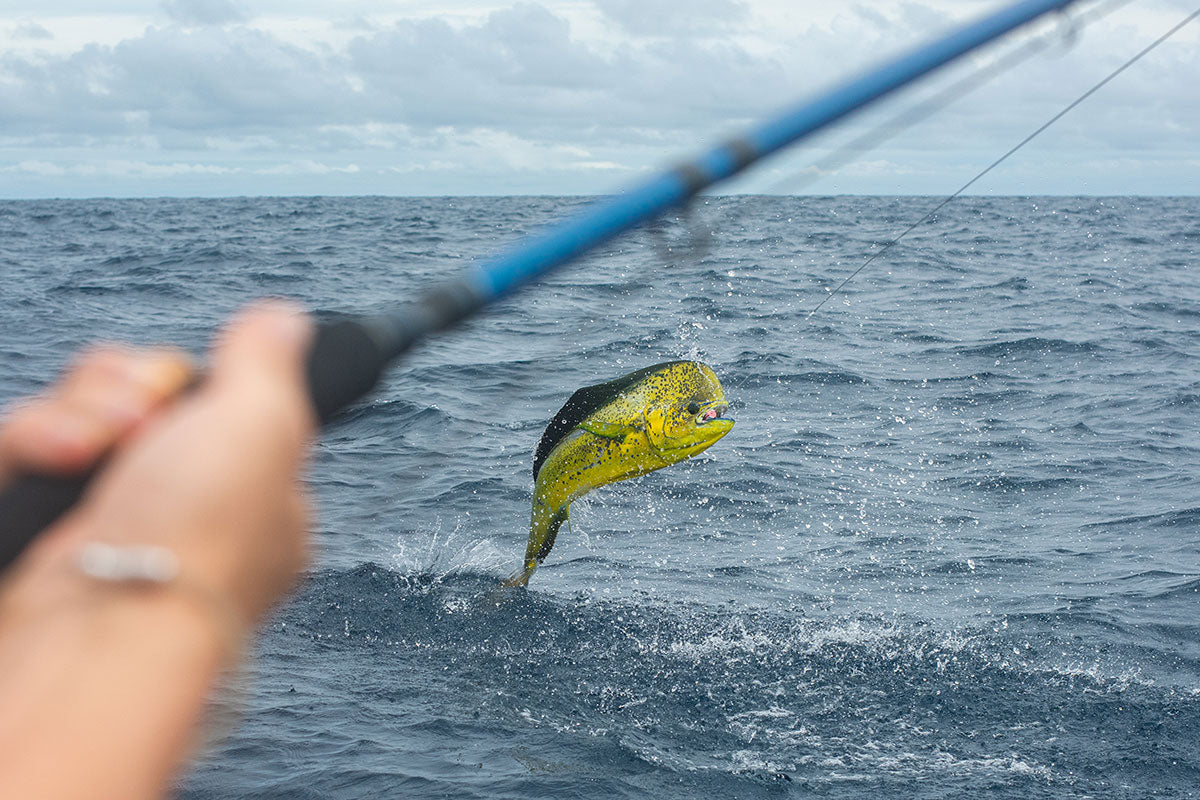Article Written by Nick Curcione / Cover Photo by Al Quattrocchi
In fly fishing circles one species that seldom gets mentioned when the discussion centers on highly sought after gamefish are sharks. For many fly fishers, it simply isn’t on their agenda and that’s unfortunate. Hands down they check all the boxes that embody the qualities that make for a great gamefish. Some grow to enormous size, but even small ones in the 10 to 15-class are strong fighters that can take you into your backing. And pursuing them on fly gear can be a lot more challenging than most people realize. Hollywood and the media have created the impression that they’re indiscriminate feeders and will readily strike practically anything that’s put in front of them. This is not the case. If you pursue them on shallow water flats, your presentation techniques must be on a level you would normally associate when targeting bonefish or permit. Even assuming the presentation is spot on they can exhibit a decided reluctance to strike your fly. And they can be just as picky on the offshore grounds when they’ve been initially attracted by chum. It’s not uncommon for them to munch freely on the bits and pieces drifting along in the chum slick but stubbornly refuse a fly.

Landing a Mako Photo by Nick Curcione
So as a sporting challenge, many in the shark clan are worthy of your attention. But there are sharks and there are sharks and in sport fishing circles, the prized member of this family is the mako. Zane Grey referred to them as the aristocrat of sharks and deservedly so. This is the apex predator, the baddest adversary in a very tough neighborhood. Examine one up close and it becomes readily apparent that nature designed these creatures for high-speed predation. They have relatively large eyes so they can hunt deep in low light conditions. They also have large gill slits that remind me of the louvers on old time race cars. And these critters can race. They’ve been clocked at close to 50 mph which enables them to run down healthy tuna which is a principal source of their diet. Check out their teeth. Instead of a triangular shape like a great white or blue shark, both of which do a great deal of scavenging, the mako’s dentures look like curved daggers. They’re designed for puncturing and holding prey. And nature equipped them like this right out of the box, no need for optional extras. Female makos typically give birth to two to six pups that weigh about 5-pounds and they’re ready to feed.

Photo by Conway Bowman
Chumming is the name of the game, and over the years I used a technique I learned a long time ago back on the east coast. It consists of frozen blocks of ground up fish that are high in oil content like anchovies, mackerel and sardines encased in a wire mesh container that’s suspended off the side of the boat. Nowadays you can forego the work of trying to process this yourself and simply purchase frozen bags of chum. An oily slick that leaches out from the container can attract sharks like free hot dogs at a baseball game.
In Southern California an area referred to as the California Bight consists of deep offshore canyons approximately 20 to 100 miles long originating from the Mexican border north to Pt. Dume, and this region apparently serves as a nursery for makos. For most of the years that I fished them the majority of makos I encountered were in the 20 to 80-pound class which is ideal for fly gear. In recent years however we’re seeing more and more makos that are topping the 200-pound mark. That’s extreme fly fishing pushed to the max! The fact that apart from striped marlin and dorado, they are about the only game fish in southland waters that will go airborne when hooked earns them super star status on the offshore gamefish lineup.

Photo by Al Quattrocchi
In Southern California waters generally the optimum time to target makos is May through October. The two best months are normally July and August, and one very attractive feature of this fishery is that even novice fly fishers can easily get in on the action. The simple reason is that when sharks are being drawn right to the boat, you don’t have to be an accomplished caster. The necessary skill set lies primarily in the hook setting and fish-fighting phase of the contest.
Since the shark’s jaw is tooth-studded the best hook placement will be in the fleshy part of its mouth. Like the technique with saltwater species such as billfish and tarpon, it’s important to resist the temptation to immediately try and set the hook as soon as you see or feel the shark take the fly. Instead, to ensure a positive hookset, it’s best to hesitate until it takes a turn with the fly in the corner of its jaw and then execute a strip strike by simultaneously pulling back on the fly line and sweeping the rod low and sideways. That’s when things really start to happen. You must be certain that any line lying on deck is tangle free because it is going to disappear very quickly. And its aerial acrobatics are absolutely jaw dropping.

Nick Curcione battling a 200 lb Mako
The tackle setup for this fishing is basically what you use when pursuing species offshore. Fly rods in the 11 to 12-wt class will handle most situations, and I tend to favor the Thomas & Thomas Exocett series. Their shorter 8’ 8” length and the way they’re built afford the necessary backbone to put the pressure on these brutes. If you start targeting makos surpassing the 100-pound mark, I recommend stepping up to their Bluewater rod series. High quality reels with proven silk smooth drags are what you want for this fishery, and there are several good ones to choose from. One of my personal favorites is Hardy’s Fortuna 1200. The drag is superb but what really sets it apart is the spool’s large diameter which enables rapid line retrieval when you need it. When one of these fish turns and starts heading back toward the boat you want to crank in line as quickly as possible.
Since the sharks are drawn to the chum on the surface floating and intermediate fly lines are the ideal choice but sinking lines can also work well. Bear in mind that the leader, fly line and backing are your vital connection to the fish so it’s critical to use top quality lines. My fly line of choice is Cortland’s 50+ series because it has a strong 50-pound braided core. Offshore if you encounter other species like yellowfin, or bluefin tuna you’ll be glad you’re using it. I have never had one of these lines fail. For backing I use Cortland’s Master Braid in either 65 or 80-pound test. This is the best backing material I’ve fished thus far and am in the process of spooling it on all my saltwater reels.
The shark’s skin is a continuation of its dentition and very abrasive which means that it can easily saw through monofilament line. To help offset this, I use a relatively short butt section consisting of a two-foot length of 30 – 40-pound test mono inter looped to the fly line’s end loop. This is the weak link in the leader system (though it does exceed IGFA leader standards). Next, I inter loop a three-foot length of 60-80- pound test – mono to this section. The fluoro I’ve found that works well for this is Cortland’s Fluorocarbon XTR because it has good abrasion resistance. Single strand wire of course is a must and the easiest way to go is to use a barrel swivel to connect it to the leader. Tie the swivel’s top ring to the tag end of the 60 to 80- pound test section. Then use a haywire twist to connect a 2 ½-foot length of number 6 (61-pound test) single strand wire to the swivel’s second ring. Tie a second haywire twist to fasten the tag end of the wire directly to the fly.

Conway Bowman's Mako Fly
Flies for sharks do not have to be elaborate affairs. Basic hackle streamers in bright colors like orange, yellow, and red will draw strikes. These bright colors seem to show up best in the clear water offshore. The size of the fly can vary from six to 12-inches tied on 3/0 to 6/0 non-stainless hooks. Poppers will also work but it can be more challenging to get a good hook set.
If you don’t have access to a seaworthy boat, your best option is an experienced guide and there is no question that the very best for this fishery here in San Diego is captain Conway Bowman (www.conwaybowman.com, 619 822-6256) who has done more than anyone to popularize fly fishing makos. True to the norm in this fishery Conway strictly adheres to a catch and release policy.
Regardless of your fly-fishing experience this is a drama filled encounter. Everything is in plain view from the moment the shark is first sighted to when it opens its jaws to clamp down on your fly. There’s also that eerie realization that the critter that just ate your fly, given the right circumstances might also go for you.
About the Author
In addition to his former 35-year career as a university professor, Nick is an internationally recognized outdoor writer, instructor, lecturer and tackle consultant with a lifetime of angling experience. He is truly an ambassador for sport of fly fishing. Nick is especially noted for his casting expertise and instructional clinics and is one of the country’s leading authorities on sinking lines and shooting heads. He is recognized as one of the pioneers in the use of double-handed rods in saltwater. In 2011 he received the IFFF Silver King award for his contributions to saltwater fly-fishing.
Nick has been on the sport fishing show circuit for more than 40 years, where he has been a featured attraction for productions like the International Sportsmen Expositions, The Great Western Fishing and Hunting Shows, Marriott’s Fly- Fishing Fairs, the Shallow Water Expositions and The Fly-Fishing Show.
His fishing travels have taken him to a variety of locales, including all the coastal waters of the continental U.S., Alaska, Canada, the Caribbean, Mexico, Central and South America, New Guinea and the South Pacific.
His writing credits have been extensive, with numerous articles in local, national and international publications. He has authored four fly fishing books, The Orvis Guide to Saltwater Fly Fishing, Baja on The Fly, Tug-O-War, A Fly Fishers Game and The Saltwater Edge.
Over the years Nick has served as a consultant for several major tackle companies and is currently working with Cortland Line and Thomas and Thomas fly rods.


